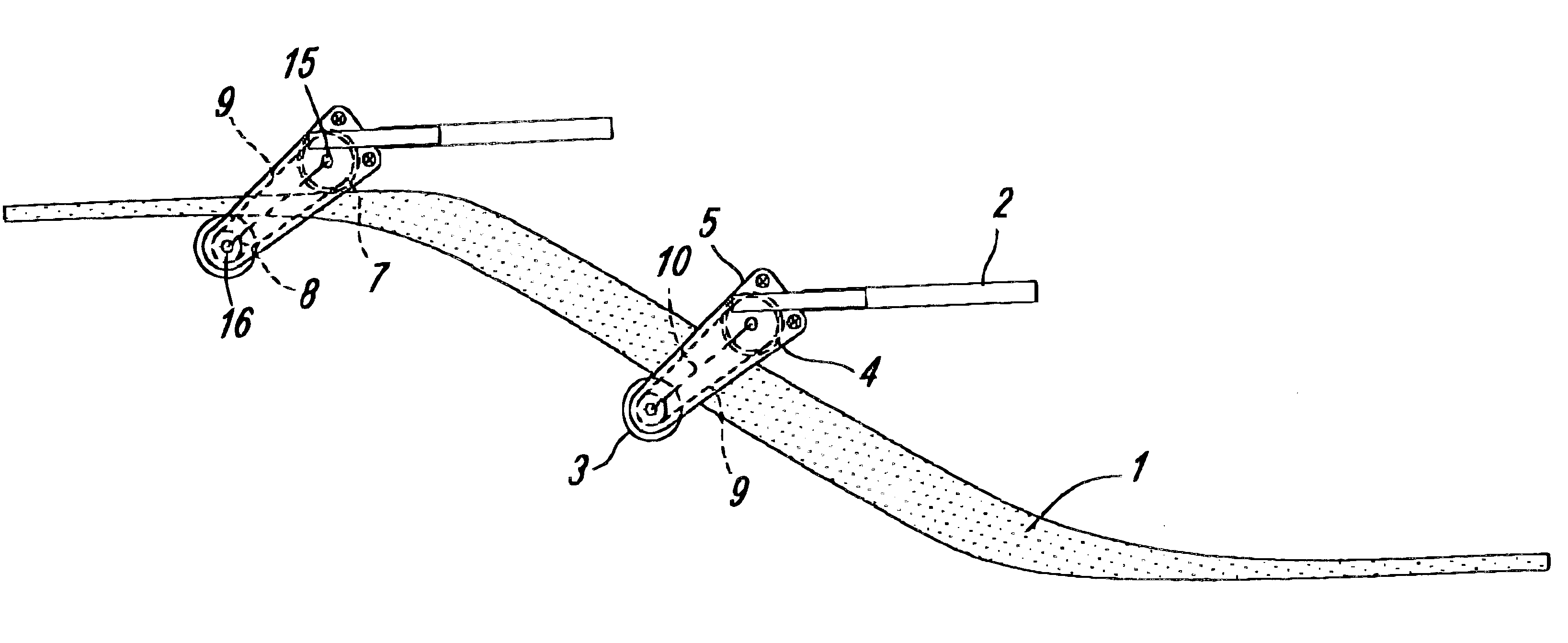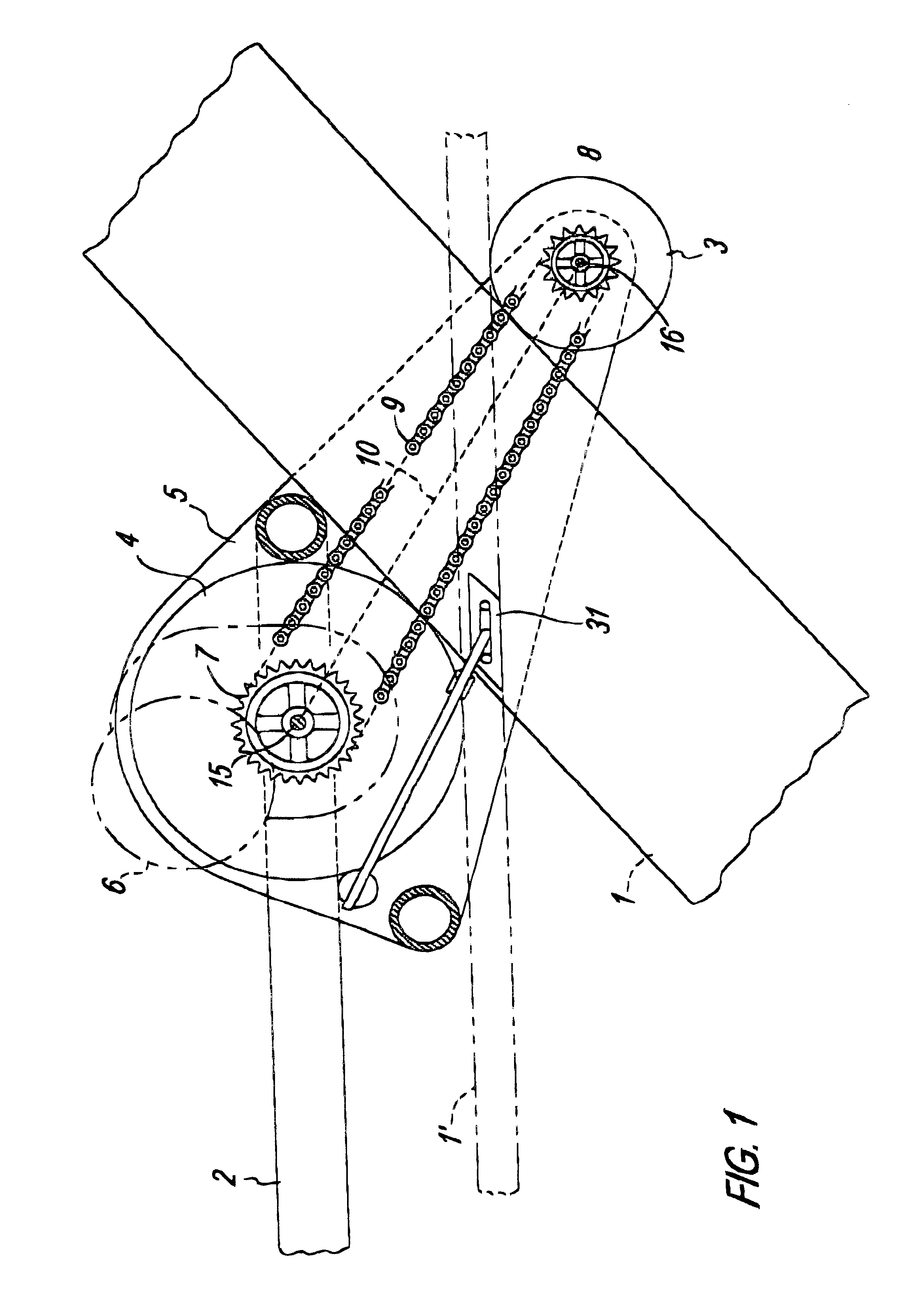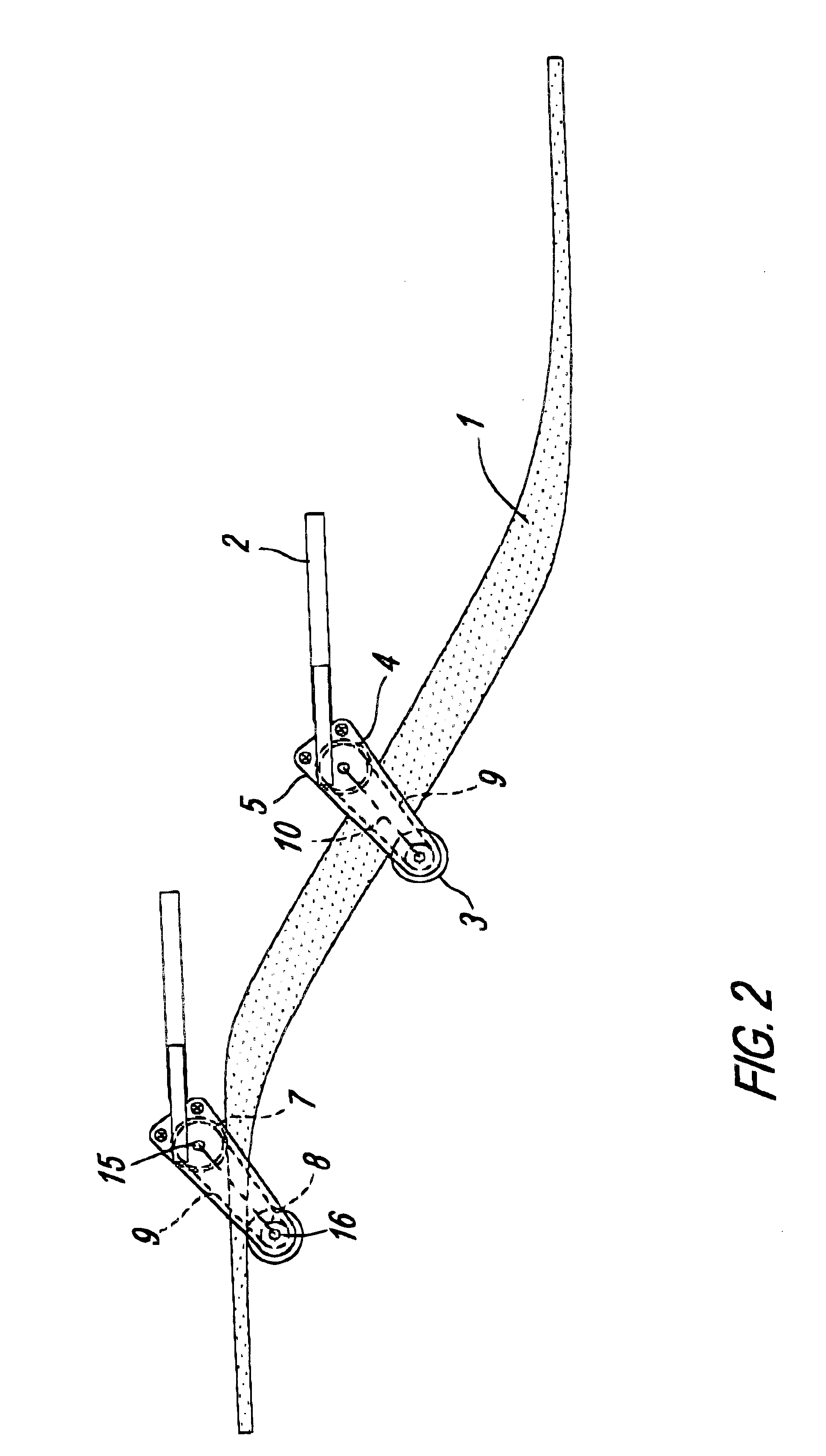Rail mounted traversing transport
a technology of rails and platforms, applied in the direction of rope railways, locomotives, ways, etc., can solve the problems of reducing the affordability of lake lot vacation or residential homes for all but the wealthy, deemed undesirable or even undevelopable, and the vast majority of property bordering lakes is undeveloped, etc., to achieve the effect of increasing the attractiveness of the entire surrounding area, reducing the cost of lake lot vacation or residential homes, and increasing the weight on the platform
- Summary
- Abstract
- Description
- Claims
- Application Information
AI Technical Summary
Benefits of technology
Problems solved by technology
Method used
Image
Examples
Embodiment Construction
. Those skilled in the art will understand that the specificity provided herein is intended for illustrative purposes with respect to the inventor's preferred and most preferred embodiments, and is not to be interpreted as limiting the scope of the invention. It must be understood without limitation that the term "rail" as used herein encompasses such variants of rails as may be substitutable for rails, such as tracks, beams, planks, pipes, runners, or other weight-bearing guidance configurations; additionally, within the meaning of "rail," a single rail or two separate rails may be used to present an upper surface for meeting the downward component of torque or cantilever forces and a lower surface to meet the upward component of torque or cantilever forces. Furthermore, although these embodiments tend to show wheels as the selected traversing members, it must be understood that other traversing members will work equally well within the scope of the invention. As such, in the follo...
PUM
 Login to View More
Login to View More Abstract
Description
Claims
Application Information
 Login to View More
Login to View More - R&D
- Intellectual Property
- Life Sciences
- Materials
- Tech Scout
- Unparalleled Data Quality
- Higher Quality Content
- 60% Fewer Hallucinations
Browse by: Latest US Patents, China's latest patents, Technical Efficacy Thesaurus, Application Domain, Technology Topic, Popular Technical Reports.
© 2025 PatSnap. All rights reserved.Legal|Privacy policy|Modern Slavery Act Transparency Statement|Sitemap|About US| Contact US: help@patsnap.com



